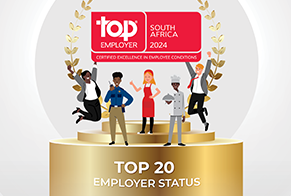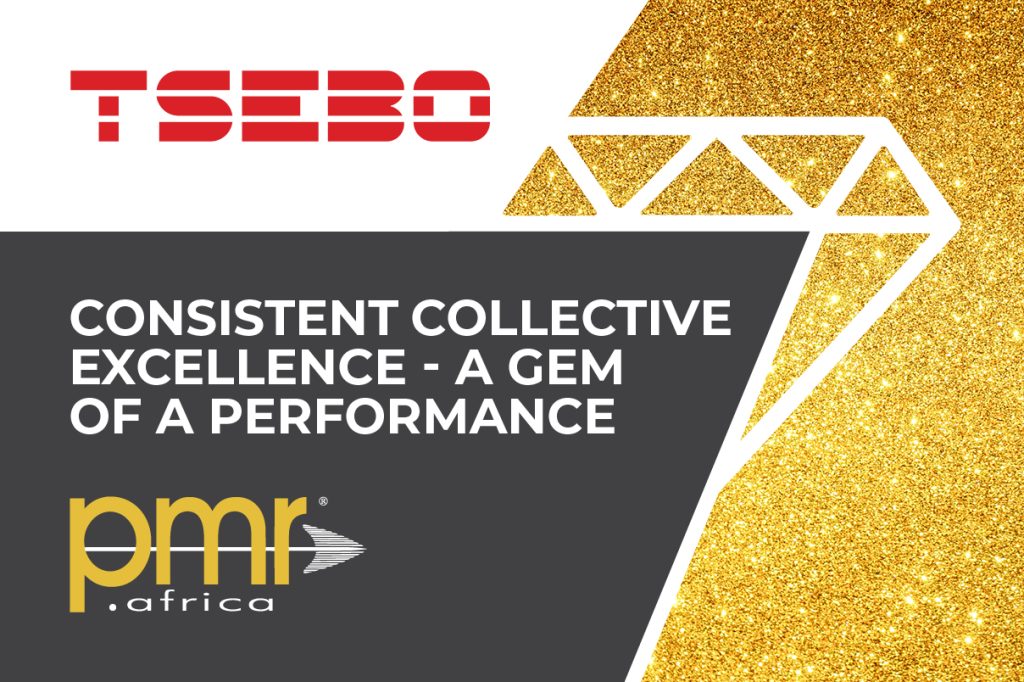Facilities Management’s Epic Story
Storytelling is the most powerful communication method known to man and has been around since the dawn of time. There is, however, a common agreement amongst professional storytellers that there are no more than 7 to 9 storylines to all the most memorable stories ever told.
These stories all follow a very similar structure whose formula goes something like…. The character, who is generally the hero of the movie has a need or a problem, he/she then meets a guide or coach who gives them a plan. Typically this plan demands the hero to undergo an uncomfortable call to action. This action results in either success or failure. The same storyline can be seen in all of the great movies of our time e.g. Star Wars, Hunger Games, The Hobbit, Harry Potter even Bridget Jones’s Diary.
So, what is the story of Facilities Management since its inception and who would be the hero of the story? The hero in this story would be and should be our Customers or Clients; they are the Luke Skywalker of our story, the stalwart who struggles against all odds to succeed, the centre of the story around whom all things revolve. So, if our Customer’s are the main character then our Facilities Managers are the Coach the storyline refers to, the Obi-Wan Kenobi, or Yoda to our Client’s Luke Skywalker.
For all good stories to be memorable and to stop the human spirit there needs to be at least two problems our hero is fighting against; an external problem and an internal problem. In the Star Wars example, the external problem is the evil empire represented by Darth Vader. However, our story doesn’t have any depth unless our hero has to overcome an internal problem. In Star Wars this is Luke’s internal doubt that he is neither old enough nor has what it takes to become a Jedi knight. However what sets the very few truly epic stories apart from others is that there is a third and fundamental philosophical problem that needs to be conquered, in Star Wars this is the time honoured fight of good versus evil.
So what does all of this have to do with Facilities Management? What is the problem our hero is enduring? The story is ongoing, but I believe we have a good story to tell to date, but as with all good stories, there’s a twist, the plot is developing and there is a more complex and philosophical problem that we need to recognise that will turn our good story into an epic one.
As an industry we have for far too long engaged in a myopic view that our hero’s problem lays only in the physical assets and the structural fabric of the facilities they occupy. Facilities Management (FM) has traditionally been fixated with the ‘box’ rather than the people and the function the ‘box’ is supposed to facilitate?
The concrete, bricks and mortar are worthless unless they meet the Maslovian needs of the businesses and people who work inside them. A building, after all, is nothing more than a tool to facilitate the operations of a business being the biggest and three dimensional billboard for its brand.
So for our hero, the external problem is to conduct business profitably while dealing the substantial costs that their facilities represent. The FM who remember is the Obi Wan Kenobi or Coach to our hero the Customer, needs to provide a solution that focuses on how the building facilitates the business it houses.
Facilities Management providers in our industry have fared well as far as this is concerned and there is a general recognition amongst our Customers of the value proposition we bring to the table in terms of cost reduction. However, we should not be complacent. We need to recognise that costs savings is the basic standard or just our license to operate, we need to offer more.
Cost reduction and risk mitigation are important factors of Facilities Management, ensuring operations and maintenance are run effectively and efficiently is the de facto standard for a high performing FM team, but we need to do more and go beyond mere management of the facility. We need to move to perhaps what one might call ‘facilitation’ management as opposed to facilities management and we will get nearer to a compelling value proposition.
For this to be a meaningful story we need to look at our hero’s internal adversity that has to be overcome with the help of the FM Coach. Amongst the myriad of issues, any business has to deal with today, employee engagement is a very important outcome and success based indicator. The impact of higher or lower levels of engagement of the workforce can be tremendous, and range in effect from productivity, customer service, innovation, cost management, and ethical behaviour (including fraud and corruption).
There have been a wide number of engagement surveys in the last five years, with wide-ranging results. However, the well-respected Gallup poll in 2017 reported that “South Africa’s levels of Employee Engagement were depressing” with only 9% of their respondents noted as engaged in the workplace. For every 1 engaged worker, there were 5 actively disengaged employees i.e. those most negative about there jobs and liable to spread that negativity to other workers. These figures are significantly worse than the global average.
What role does the Facility (Facilitation) Manager have to play in helping our hero achieve higher levels of engagement with their people? The modern Facilities Manager has a distinct advantage together with a depth of skills to leverage the management agenda as well as experience that perhaps no other leader within the organisation has. He or she has the ability to drive workplace decisions towards the well-being of employees in the workplace.
The evidence speaks loud and clear, that there is a strong and proven connection between workplace well-being, happiness, productivity, performance and customer satisfaction and retention. The value that can be delivered by Facilities Management will increase as the more innovative companies focus more on the employee experience in its transformation of the workplace. It will require new business skills, innovation and new ways of thinking but this is perhaps why Facilities Management is the second largest growing professional sector in the UK.
The paradox of Facility Management has often been that we are only truly successful when our hero doesn’t don’t know we are there. We have spent our careers trying to blend into the background. I believe that under our guidance our hero will be more successful when we can assist them in connecting the physical environment with the enterprise strategy making the invisible, visible. Facility Managers are well placed to understand their hero’s strategy and guide them in a direction that creates an environment to support an engaging management agenda.
More akin to HR than Operations, the FM needs to take an holistic view of the built environment and how it contributes to the users’ experience and the business as a whole. Well-being, productivity, collaboration, engagement and visibility have become leadership imperatives and the Facility Manager holds a central role in creating a place that is vibrant, thriving and alive with potential which will contribute to positive business outcomes.
So is the story of Facilities Management a good one or an epic one? This opinion rests on the conquering of the third and greater philosophical problem.
The currency of the FM industry is the built environment and according to the United Nations Environmental Program the worlds buildings contribute up to 30% of global annual greenhouse gas emissions and consume up to 40% of all energy resources. As FM’s we are therefore custodians of resources that have the ability to determine the future of the entire planet.
This may not be as immediate or as spectacular as the Death Star but it is no less potent in planetary destructive power. The greater philosophical question, therefore, is our level of commitment to the reduction of Greenhouse gases and environmental sustainability.
This part of our story is yet to be told but I can think of very few scenarios that have the potential for greater impact on the future of humankind.



